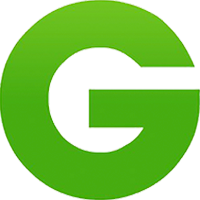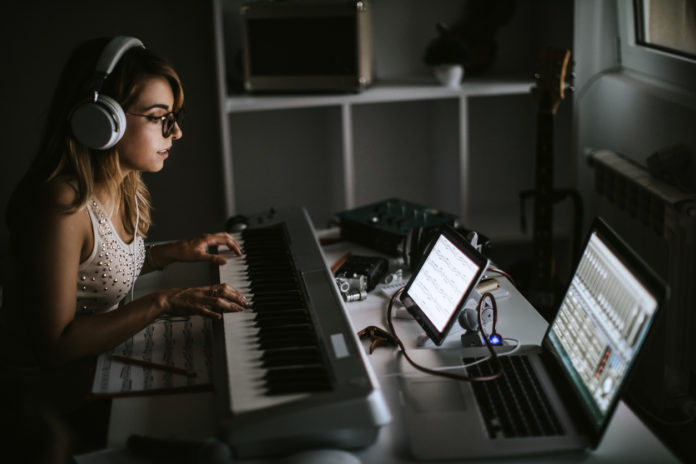When you think of a rock star, what image comes to mind? Chances are you think of fast cars, expensive clothes, huge bar tabs, and massive houses. But how do they make all that money? To the average person (or even the average musician) the alchemy of turning popular tunes into massive amounts of cash can seem like magic. It isn’t, but if you’re not familiar with the industry, it could seem like rocket science. But in today’s world, with access to the Internet and platforms like YouTube, it seems like practically anyone could become a rock star.
And you can… but you need to know how the game is played before you roll the dice.
How Musicians Traditionally Were Paid
Back in the old days (when we had to buy our music recordings, and use landline phones to call people) musicians got paid in two ways. First, they got paid to perform, which was why they would tour and play concerts. The bigger the show, and the bigger the audience, the bigger the payday. The other way musicians got paid was they would be given royalties on the sale of their music. So every time someone bought a record, a cassette, or a CD of an artist’s songs, that artist was given a cut of the proceeds. The lion’s share was kept by the label, but one could argue they also did the bulk of the heavy lifting with the marketing, distribution, etc. in order to get the music out in front of people.
What musicians did not get paid for, according to How Stuff Works, was having their songs played on the radio. The idea was that playing the songs on the airwaves would get the tune out there, and more people would buy copies of the recordings, so a performing musician was not paid for those plays. However, that is not the case if they also wrote the songs. Because songwriters were given royalties based on public performances of a song. Hence why singer-songwriters always seem to make more money than people who just do one or the other.
How Has That Changed In The Digital Age?
As technology has changed, and the Internet has become the primary source for both communication and for music, the way a musician gets paid (or at least the different ways they have to get paid) have changed. All you have to do is look at the fact that we now have YouTube rock stars.
In the past, it was completely possible to be a self-promoting musician. You could record your own tracks, make your own CDs, book your own shows, etc. But most big-name stars were tied to producers who could give them a bigger stage. Today, though, it’s more than possible for someone to carve that stage out themselves using all the digital distribution strategies out there. Musicians can start their own YouTube channels, put their music on streaming services like Spotify, and even sell it digitally through places like the Apple Store and iTunes. It’s even possible for musicians to use services like Patreon to crowdfund their careers. In these instances, you get paid when people listen to your songs, paid when people download them, and, in the case of Patreon, you get paid by fans when you release a new song.
While these methods still require a lot of popularity in order to make bank, according to The Guardian they level the playing field in the sense that anyone with the proper recording equipment can put themselves out there, and get paid by people who stream their music.
It’s Not One Or The Other
The thing that’s important to remember is that all of these methods are available to modern musicians. You don’t have to choose one road or the other. Which is why more people than ever before have the ability to make a living off their music.

















